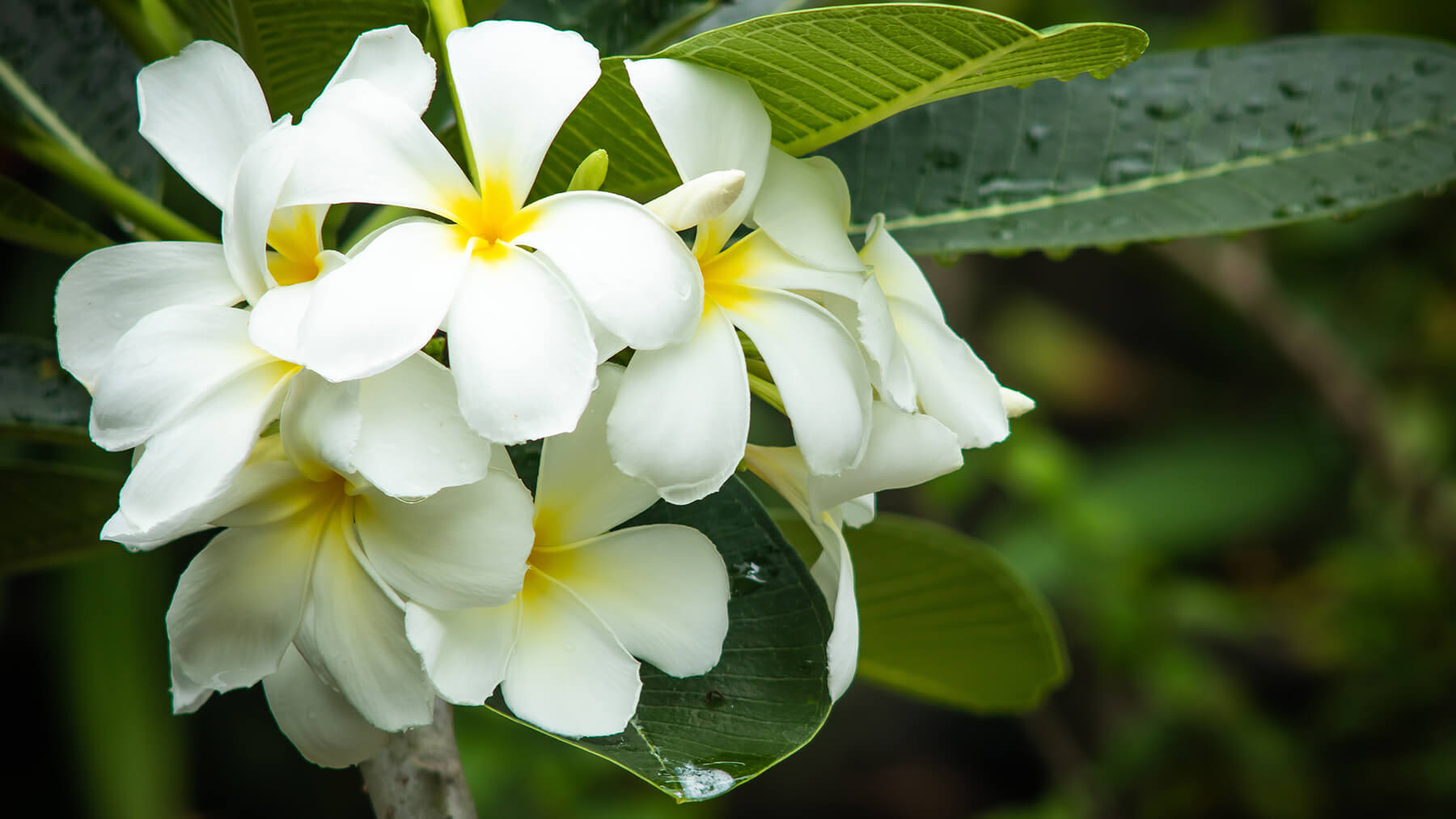
How do you pick the perfect scent? When it comes to selecting a fragrance, either for yourself or as a gift, it can be near impossible to know where to start. Some people have a lifelong favourite fragrance, whereas others opt for a light scent for daytimes, a richer scent for evenings and a different home fragrance in every room.
Traditionally, perfume products were notoriously hard to describe. A fragrance is not tangible or simple to explain, like a colour or a piece of clothing. Fragrances are elusive, mystical and evade easy description.
To increase this veil of secrecy further, the ingredients of most well-known commercial fragrances are shrouded in mystery. They are not widely published, and they are often filled with such complex ingredients that would most likely mean nothing to the average shopper seeking a new scent.






